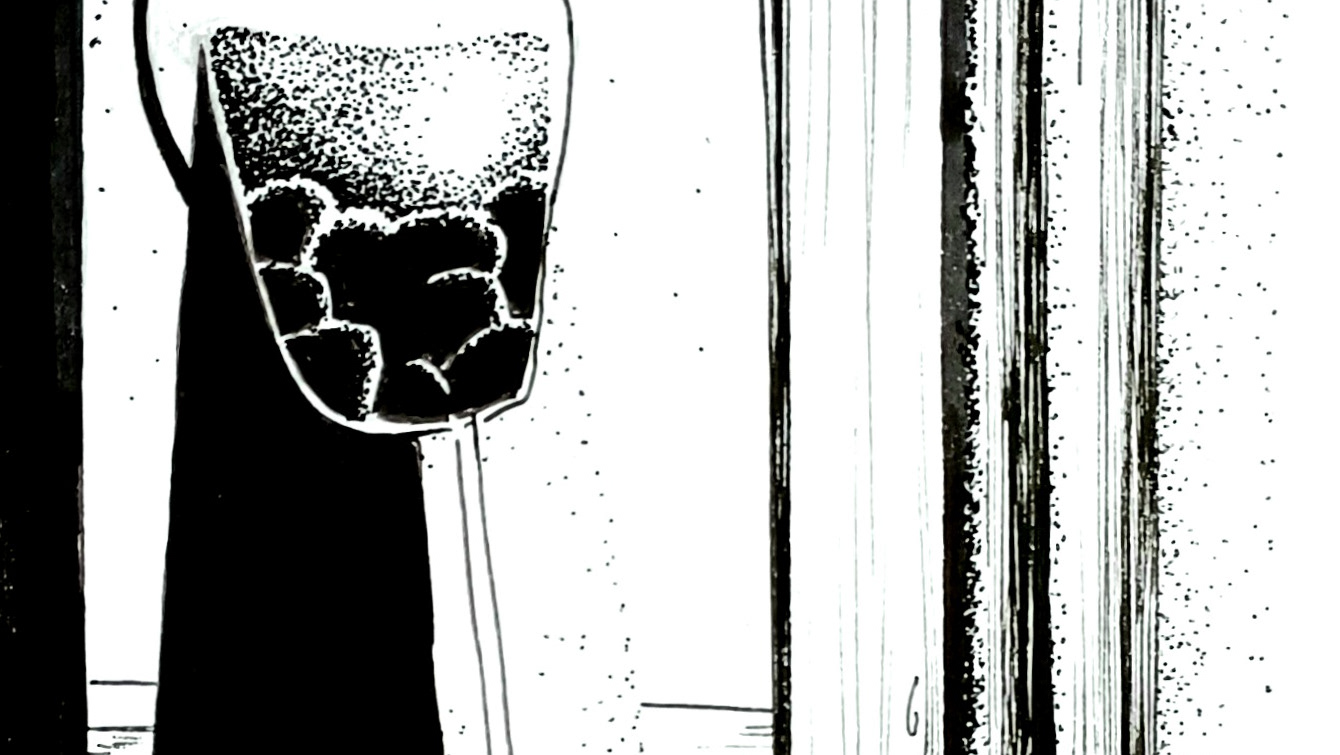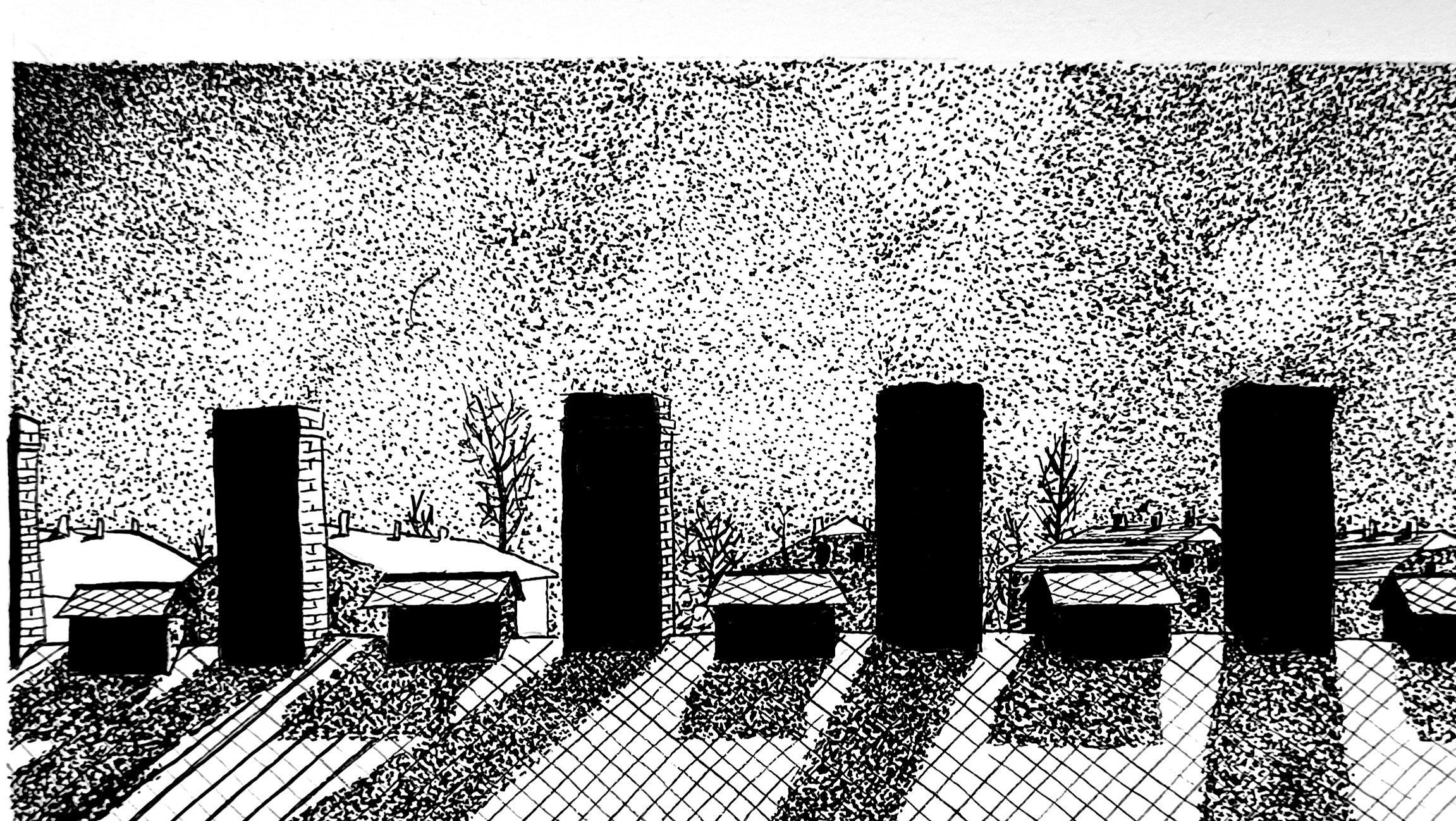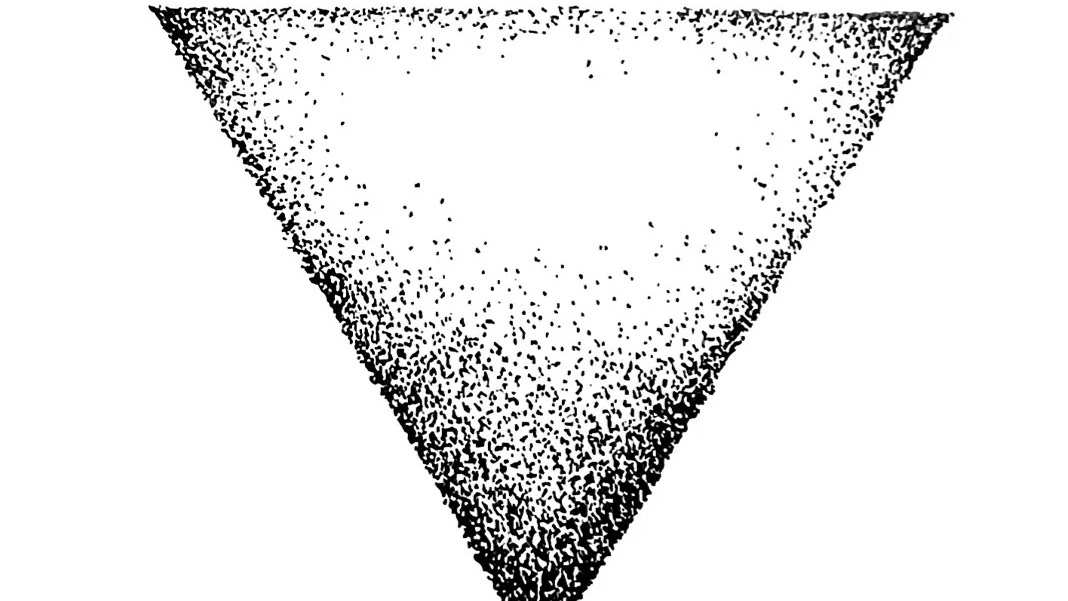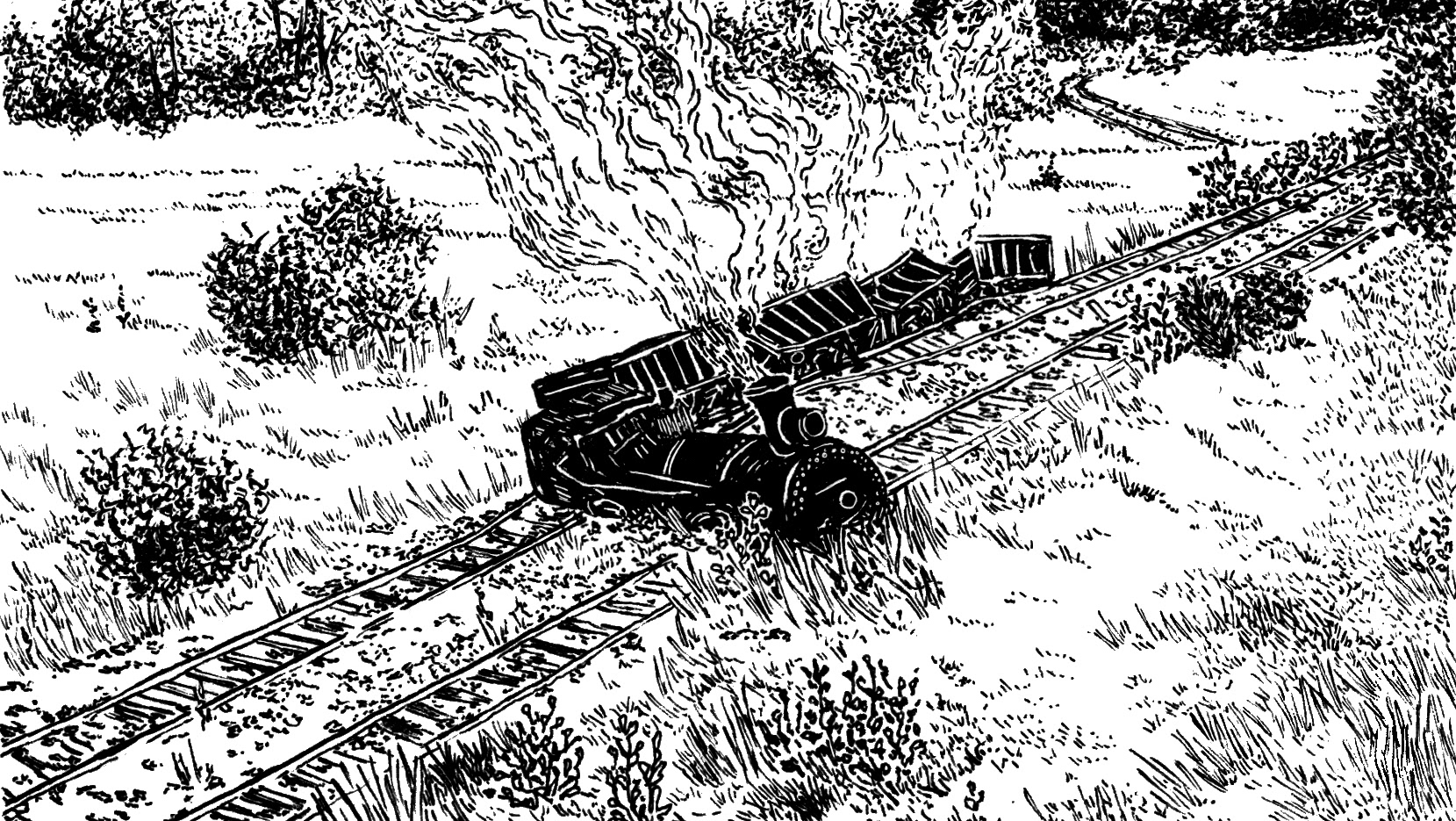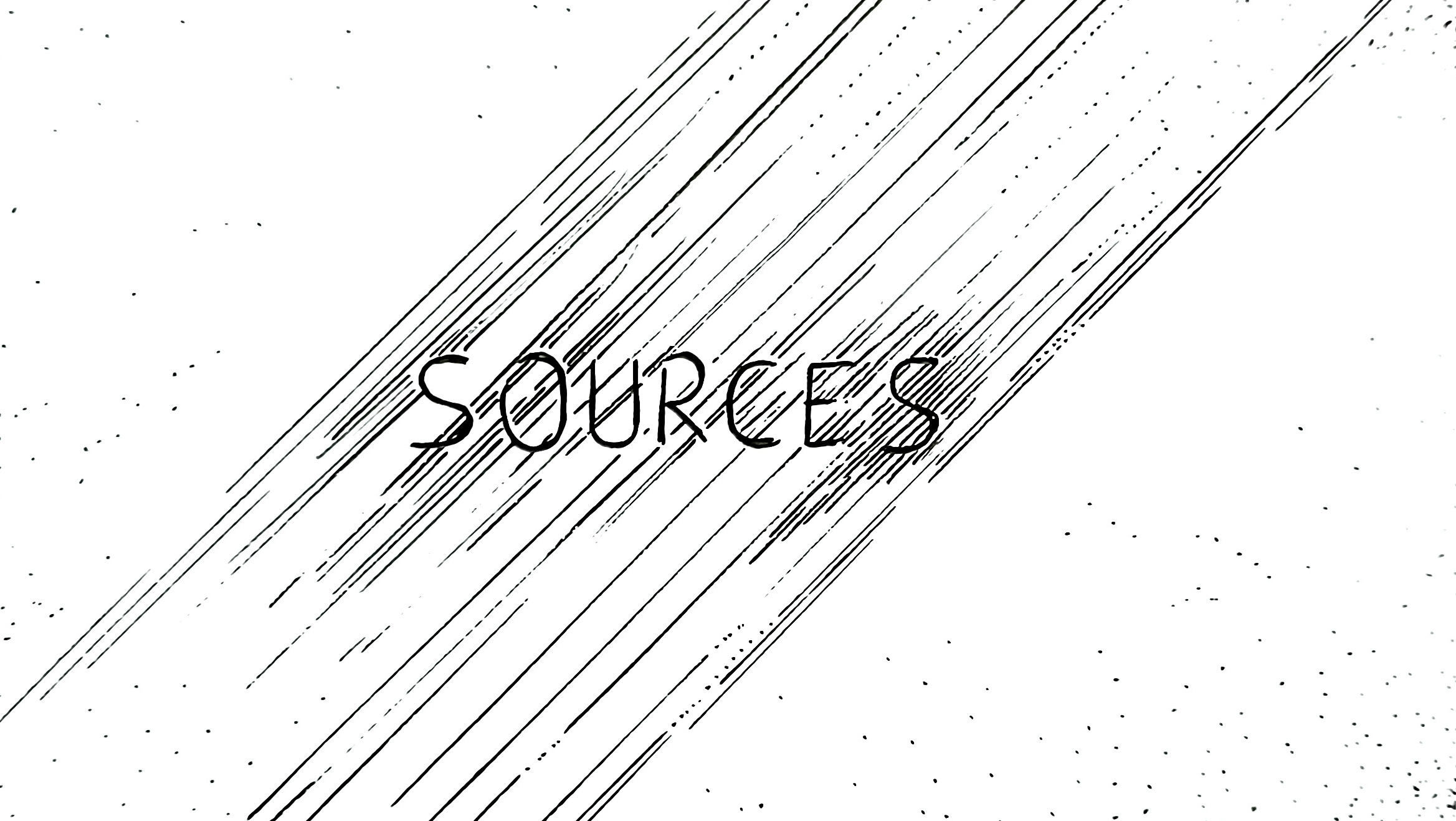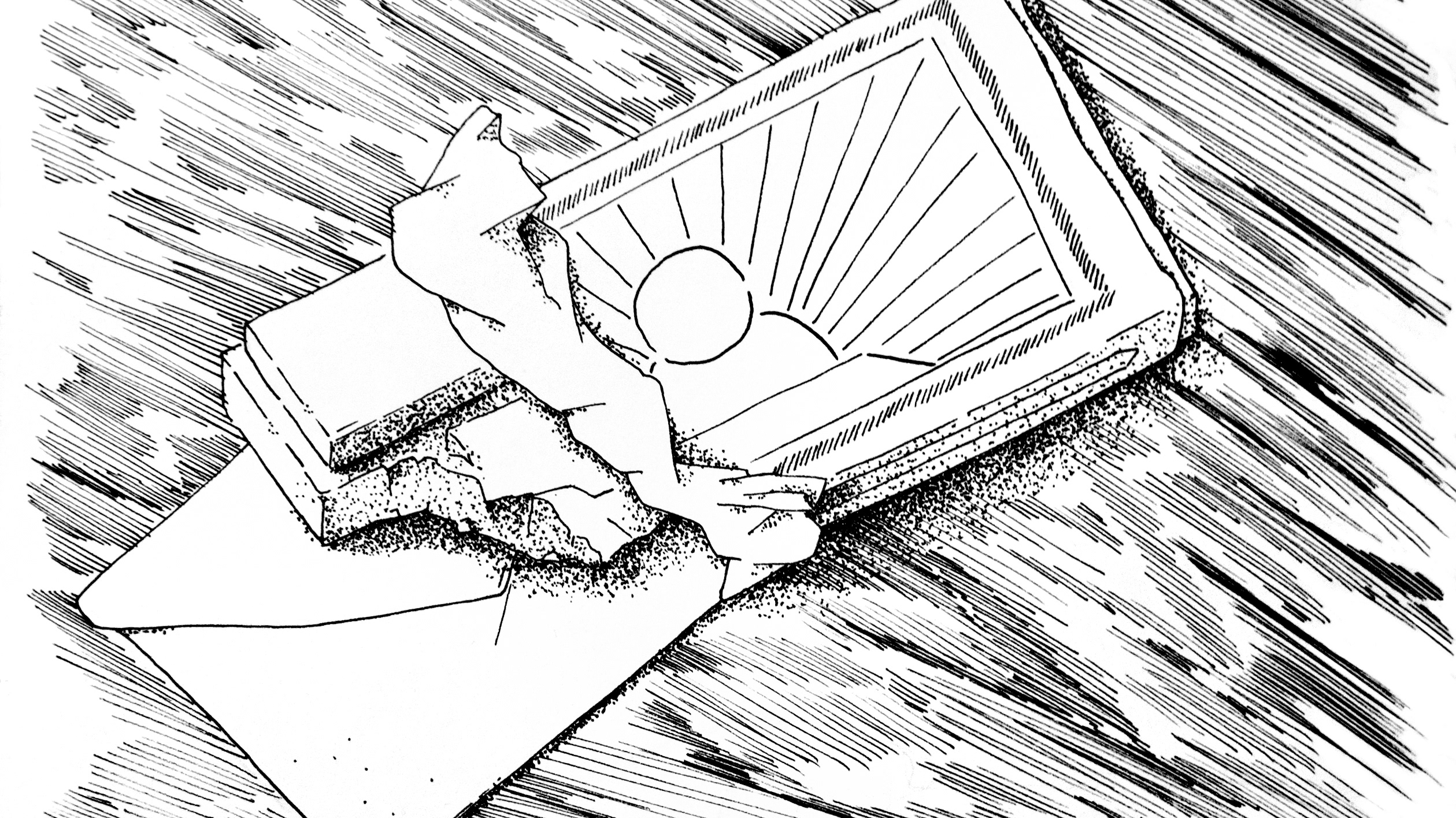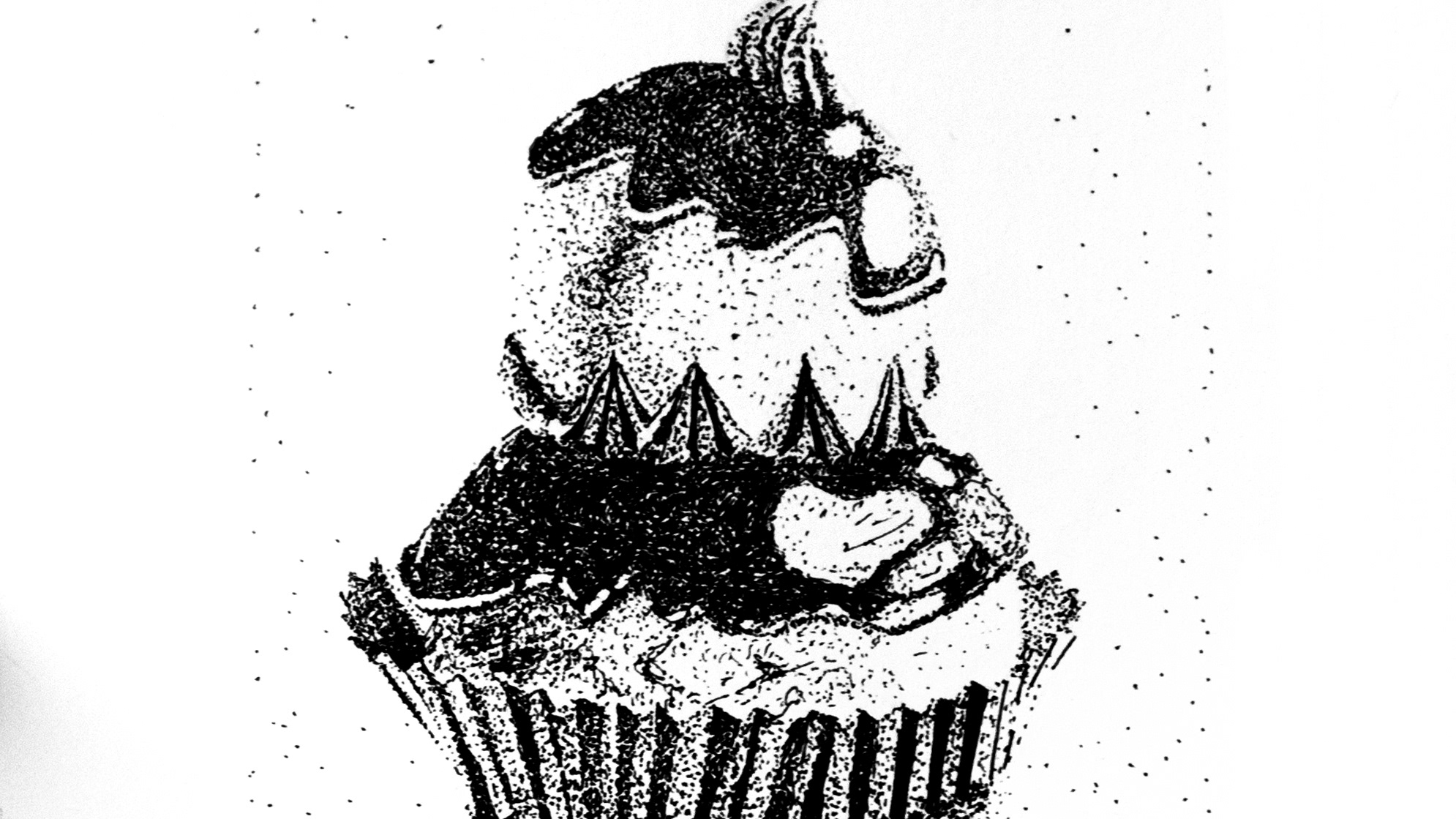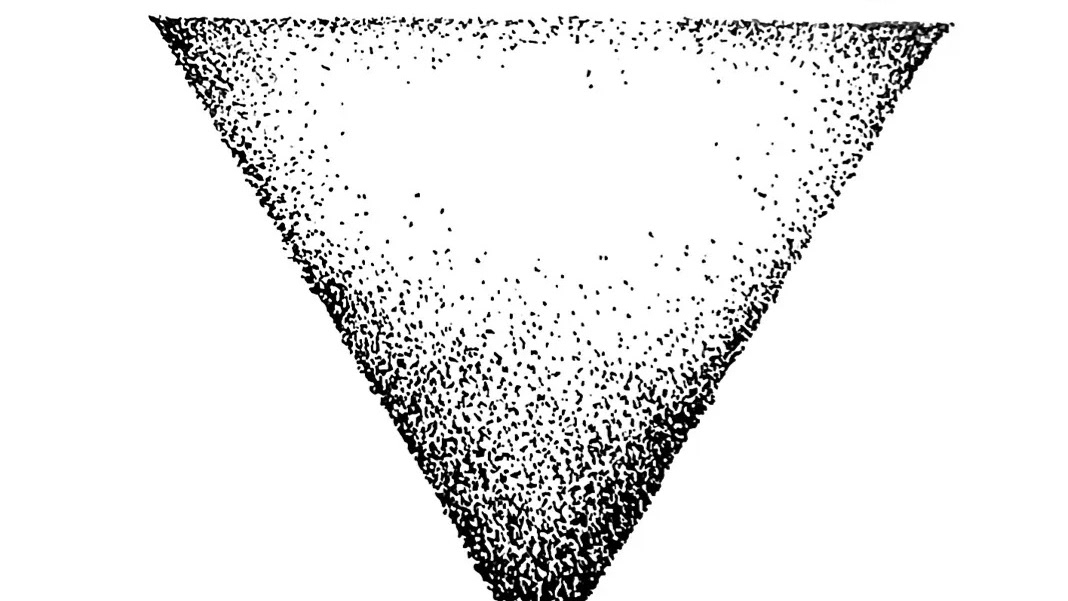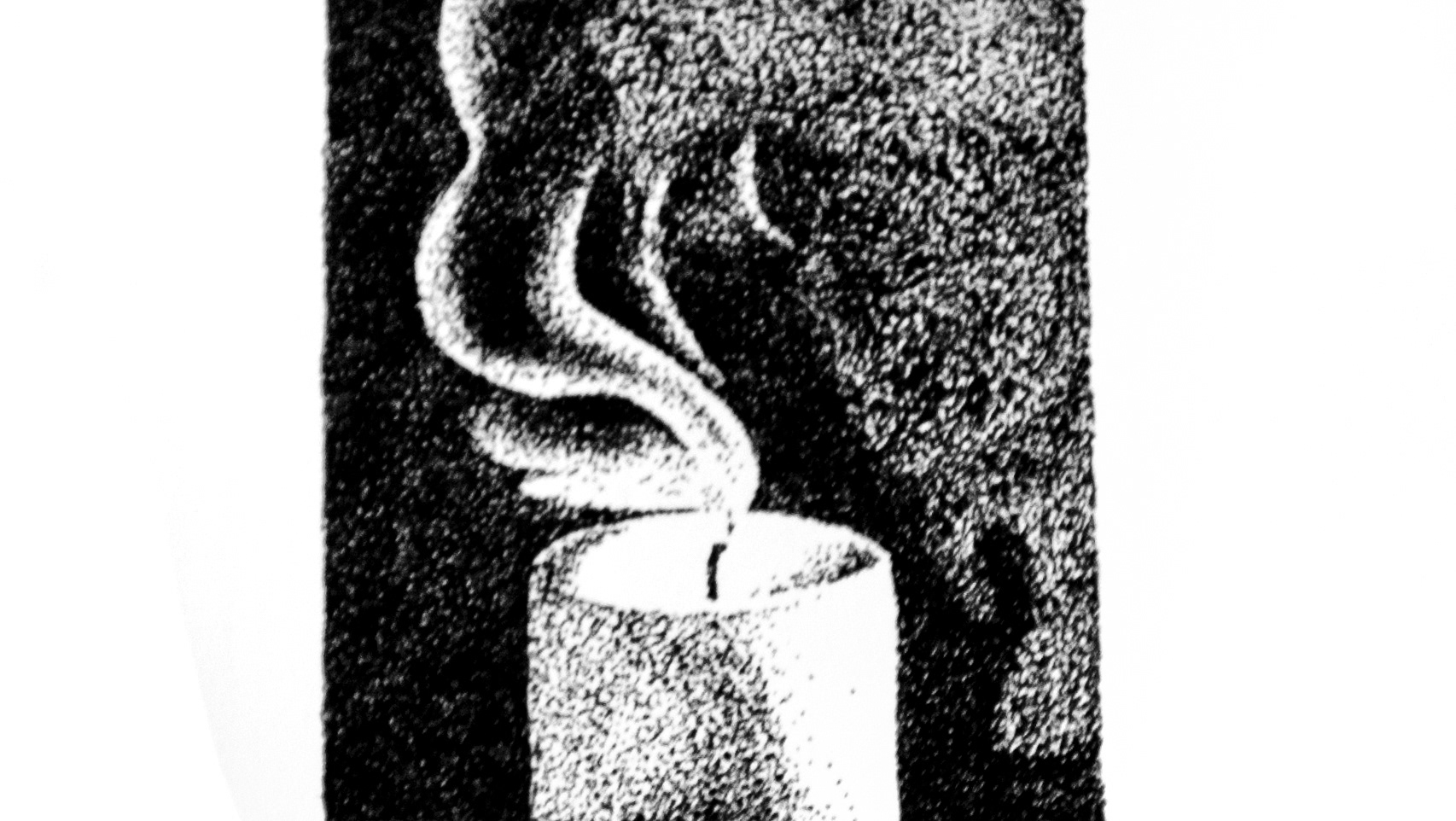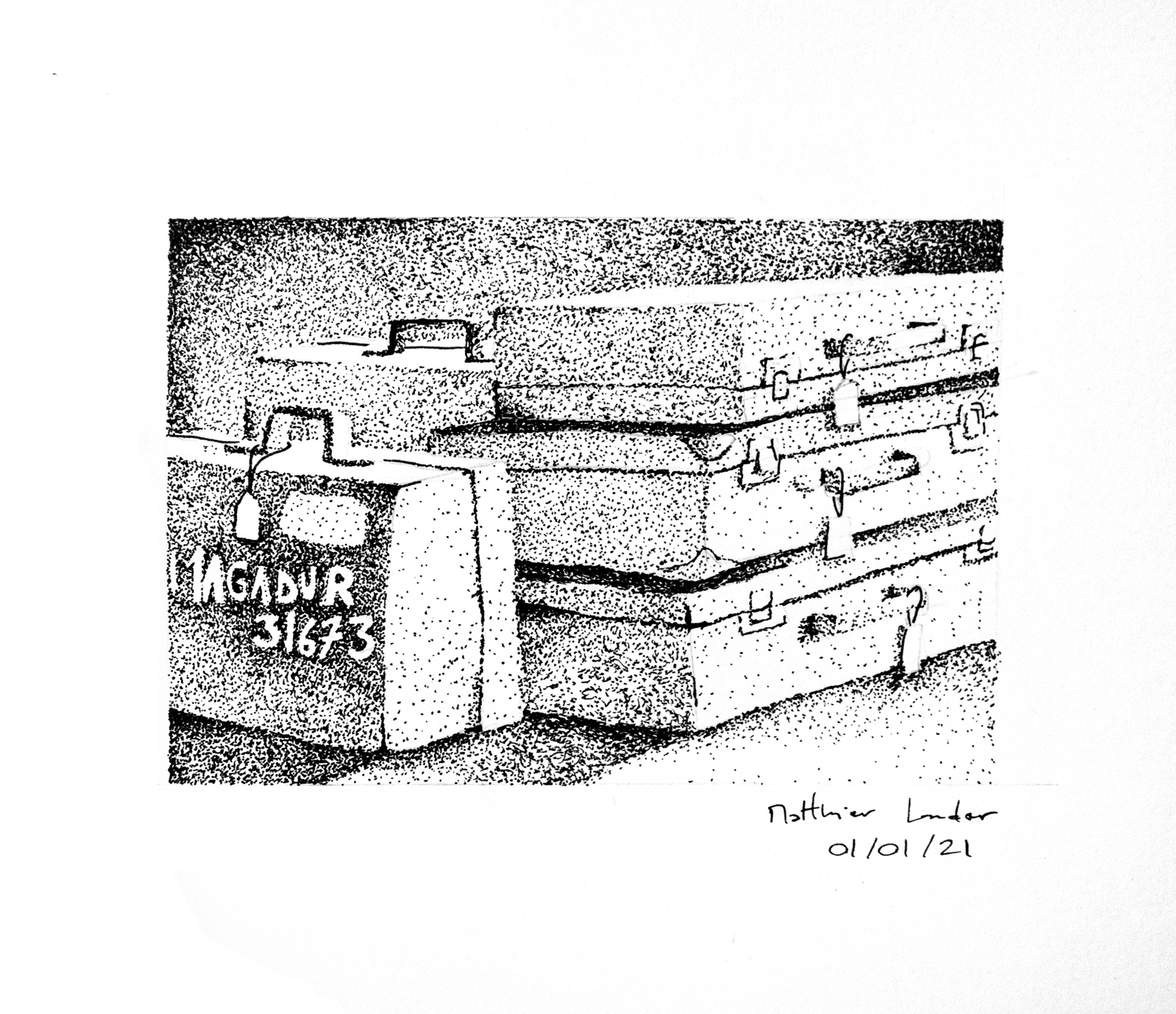
the luggages
Today is the 27th of January and the women of the train have entered Birkenau. The singing has stopped, everyone is now waiting inside a building.
What they have seen so far is incomprehensible. The silence, the smoke, the faces, this camp is nothing like any other place they know.
Louise Magadur waits like everyone else, scared like everyone else. There are a few natural leaders in the group, some because they are older, some because they have shown authority and respect. Josee is one of those, she takes care of everyone, she stands up for any injustice. Unfortunately, here, she has shown that standing up for yourself or the others results to a great deal of violence, Josee was one of the first women to be hit by the guards.
Another leader is Danielle Casanova, everyone knows her here, she is a great leading figure. As they wait all together, a SS comes in the room and asks if one is a dentist. Danielle raises her hand, she follows the SS, leaving the other women on her own, without their leader.
The women are told to undress entirely and led in a room. There, they will be shaved entirely. Panicked, they all turn to Louise for advice. She is 43 years old, she is older than most of the women here, the youngest ones tend to her for reassurance. Louise tells everyone it will be fine. She hopes it will.
Back in 1942, Louise owned a hairdressing shop in Paris, herself and her shop had become a resistant front for multiple operations. Whenever a prisoner or a resistant needed a new identity, her shop was a key point. They could sleep there if need be, they could hide, and Louise cut their hair to make anyone look like a very different individual.
Back in the present, all hair need to be shaved. The camp had let some diseases get in, including typhus, the administration attempted to disinfect any incoming prisoner before they joined in the camp. No risk was being taken. Louise tries to make everyone feel as comfortable as possible, but it isn't easy. Sophie Brabander is the first to go, then comes her daughter, Helene Brabander. Helene is terrified, Sophie takes the scissors off the hairdresser and cuts her daughter's hair herself. It's a brave move, it motivates the rest.
Then comes the tattoo process. They tattoo on their arms the number that'll define the women during their stay in Birkenau. It is a number which will mean a lot to them, between 31000 and 32000.
The women become the 31000.
They are finally given new clothes, the same they saw on the other prisoners. The New and old prisoners get to talk to each other, the old ask questions about outside the camp, the new about inside the camp, the. rules to follow, the mistakes to avoid. The old prisoners learn that the Soviet Union are winning the Stalingrad battle, despite what the german news are spreading. The new prisoners learn where they are, Birkenau, and also that most of them will probably die in the first few months.
Not by hunger, but by the roll calls. The roll calls kill here.
As they are all done, the 31000 are brought to a quarantine block, the block 14. Here they all are, entirely different, with new clothes, shaved. Louise Magadur looks at herself, she is a new person. Back in her hairdressing shop, when she was creating new looks and new identities for resistants, she couldn't have made a better job than what this place did to her.
Notes
Thank you for listening to this episode of 31000/45000, the story of 2 trains of french members of the resistance. My name is Matthieu Landour Engel and I have tried to reach some authors of the book I am using as sources, but I unfortunately haven’t managed to get in touch with all.
Yet I had the privilege to meet with Caroline Moorehead; the author of A train in winter, a book about the 31000. Caroline Moorehead is a famous author, who wrote many pieces which I can only recommend, such as A bold and dangerous family, village of secrets, a house in the mountains, human cargo, the latter being a finalist for the national book critics circle award. She is also a biographer and journalist, she wrote for the New York review of books, the guardian, the TImes, the Independent, …
A train in winter is a fantastic piece, gripping from start to finish. It explains in great detail who the 31000 were, where they came from, their roles as members of the French resistance, as almost all of them were linked to resistance networks. You quickly feel close to them, feel for them, cry for them as most of them didn't come back.
Here is an edited conversation I had with her in october of 2021. We started by talking about what drew her to write about the 31000.
...
Caroline Moorehead wrote a train in winter a decade ago, it was published in 2011. At the time, some 31000 were still alive, and Caroline Moorehead managed to get in touch with some of them.
...
It seems obvious that members of resistance were men and women, yet not much is known about the role of women during the resistance, even though their role may be greater. We discussed this matter with Caroline Moorehead and it led to a discussion about another great book or hers, a house in the mountains, as well as another book she had just finished writing.
...
This episode was about Louise Magadur, and the first day of the 31000 in the Birkenau camp.
Where the 45000 entered Auschwitz on their first day, the 31000 went directly to Birkenau, there was no selection to the gas chambers. The 31000 are women between 16 and around 67 , the oldest being Marie Mathilde Chaux. I will mention the youngest 31000 in a later episode.
The shaving process consisted of cutting the hair as short as possible, shaving the pubis, and then receiving some sort of petrol based paste on both areas. After, they were ordered to shower, yet there was no water to shower with, only steam. All the women were shaved with the exception of Danielle Casanova, who was separated from the group minutes before.
Still naked, the women were tattooed, numbers around 31625 and 31854. I say around as a few women’s numbers were not found. So far, I haven’t mentioned the tattooing process of the 45000, I was planning on discussing it in a later episode. But it is worth knowing that , at this point of time, the 45000 have also been tattooed, only they had not been tattooed on the day of their arrival, contrary to the 31000.
The women were given their clothes, which came right off the disinfection, therefore were wet, which was difficult for the 31000 given the very cold temperatures in january 1943.
The 31000’s reason for their deportation was ”anti german activities” and they were, just like the 45000 and many more, deported under the Nacht Und Nebel label, so there were strict orders to tell absolutely nobody about their whereabouts.
I assumed the younger 31000 listened to Louise Magadur, as she was slightly older, and as Danielle Casanova had just been taken by the SS. I don't have any ground to prove this.
Louise Magadur survived, she is the oldest 31000, as she was the only one born before 1900 to have survived.
I have been trying to find Louise Magadur’s relatives, unfortunately, my research was unsuccessful. If by any chance, you know of someone related to her please let me know, I would be very pleased to get in touch and make sure the text I wrote doesn’t contain any errors.
My sources for this story are the book le convoi du 24 janvier by Charlotte Delbo, A train in winter by Caroline Moorehead. My sources also are red triangles in Auschwitz, by Claudine Cardon Hamet, the website deportes-politiques-auschwitz.fr, memoire vive and the foundation for the memory of deportation website and the fantastic website auschwitz.org .
Thank you very much for listening, the next episode will be about Eugene Garnier, and the resistance within Auschwitz-Birkenau.
